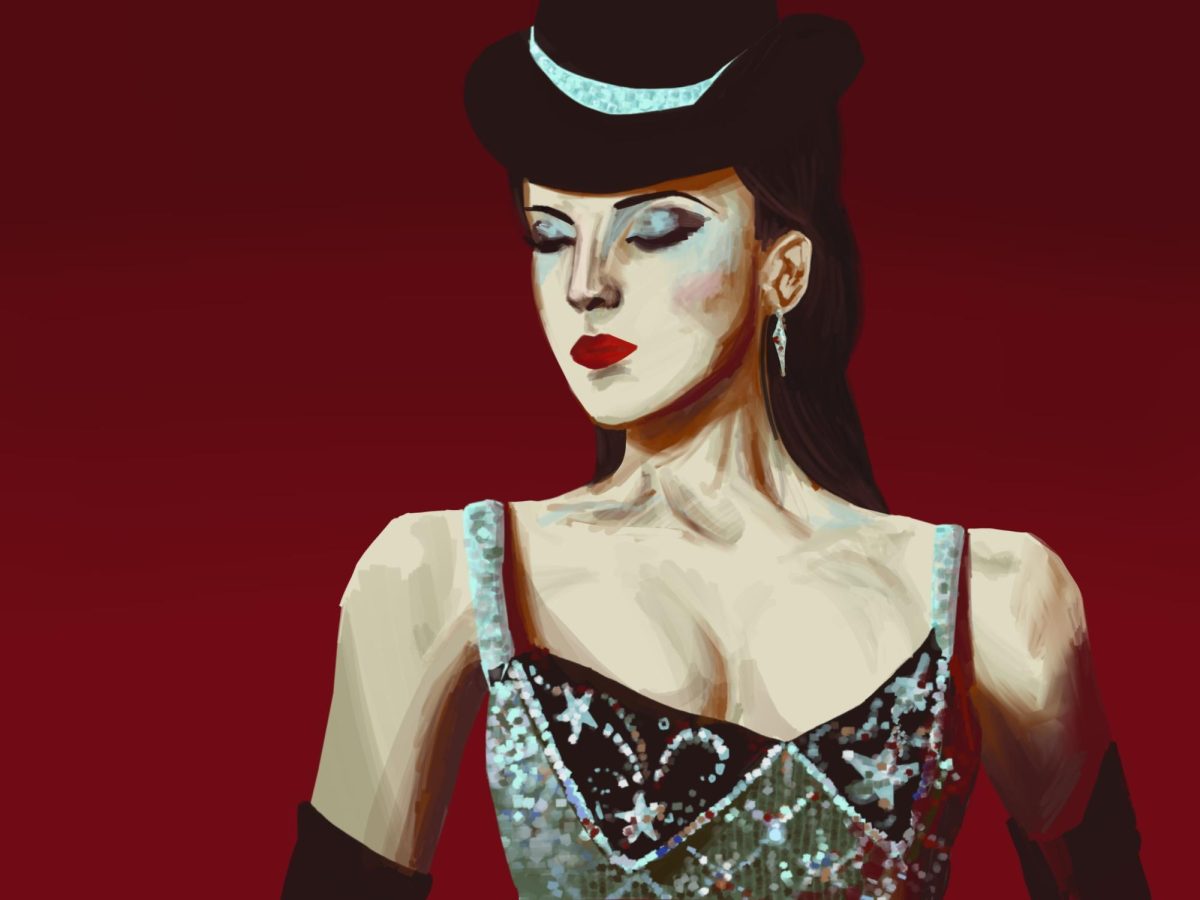Hypebeast Culture
April 25, 2018
The “hypebeast.” They’re the new, hot trendsetter. They have everything you wish you had. They are “copping” gods. But who are these young people? And how do they get their hands on all of this lucrative hype?
First, let’s back up and ask ourselves: What is a hypebeast? And why do they exist? A hypebeast is defined as someone, usually male, who collects fashion pieces that are “hype” (cool and trendy) in order to impress others.
The term was derogatory until Kevin Ma created the sneaker blog “Hypebeast”. Founded in 2005, it has since expanded into a world-famous hype fashion website. Even though hypebeasts are now considered an official fashion sect, the label still has a slight negative connotation.
It’s easy to pick a hypebeast out in a crowd. They don’t have their own individual style, but rather sport a mishmash of name brands. If you are interested in going hypebeast watching yourself, here are some brands to look out for: Off-White, Palace, Bape, and Supreme (every self-respecting hypebeast has some). Also included are some high-end designer brands that have jumped on the hype train, like Balenciaga, Gucci, and Louis Vuitton.
Hypebeasts have attracted a lot of criticism from the fashion community because of their brand-chasing ideology. Often looked down upon by fashionistas and fashionistos, these people aren’t considered fashion connoisseurs, but more so just into looking cool. Marly Ciccolo ’19, on the hypebeast culture, states, “It’s just, like, as materialistic as it gets.”
Hypebeasts play directly into the concept of “conspicuous consumption”—the consumption of luxury goods simply to increase one’s prestige.
But, being a hypebeast does have a positive effect for teenagers. The resale market is a lucrative business for young people looking to make money. Cardinal Robinson ’19 comments, “[The] reselling business … makes up at least 50% of hype consumers.” An exclusive hype item can bring in hundreds—sometimes thousands—of dollars, which can be great for a teenager looking to make cash quickly without a traditional job. And it usually doesn’t matter what the item is. Hyped-up brands can put out anything they like. As long as it is exclusive, it will sell out within minutes. For example, Supreme recently released a brick (like a brick you put in a wall) in its FW16 line, which is now going for $70 to $1,000 on resale sites.
At CRLS, there is a fairly small hypebeast community. Some students don’t even know it’s a trend. When asked to comment, Mai Nguyen ’19 responded, “What is a hypebeast?” CRLS students are more centered around individuality. As Martin Bonder ’19 puts it, “We’re unique; we don’t have many hypebeasts, and I like that. There’s unique fashion, and people know how to dress well.” And the hypebeasts seem to know that their fashion style is not trending at Rindge. When searching for interviewees, none of the so-claimed hypebeasts actually described themselves as hypebeasts. And they had a lot of opinions on how stupid the community was—despite often ascribing to it themselves.
Most CRLS students seem to have grown out of hypebeast fashion. Bonder states, “I used to be a hypebeast, but then I realized that they are all the same and they wear the same things. … It kinda doesn’t look cool anymore—I’m over it.” Hypebeast culture perfectly represents the teenage desire to fit in. To visually blend in and be admired are some of the first steps that teens often take to gain confidence. But as we mature, we begin to realize that it is more important to have our own identity. From 9th to 12th grade, all students are at different stages of finding themselves and figuring out how they wish to represent themselves in the world.
This piece also appears in our March/April print edition.









